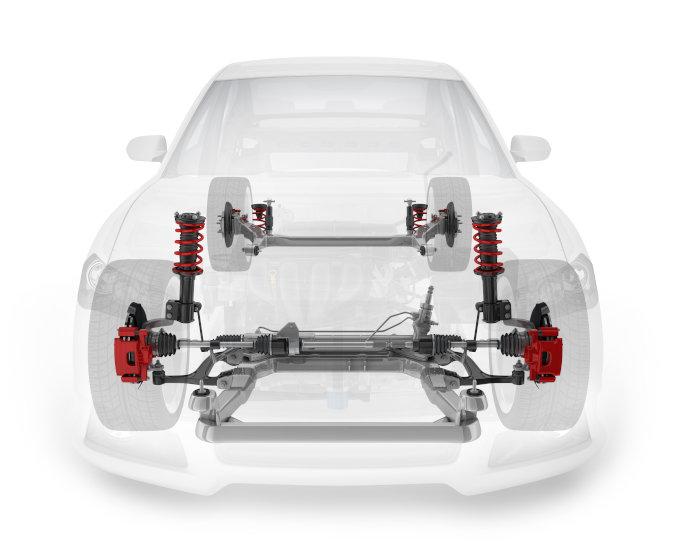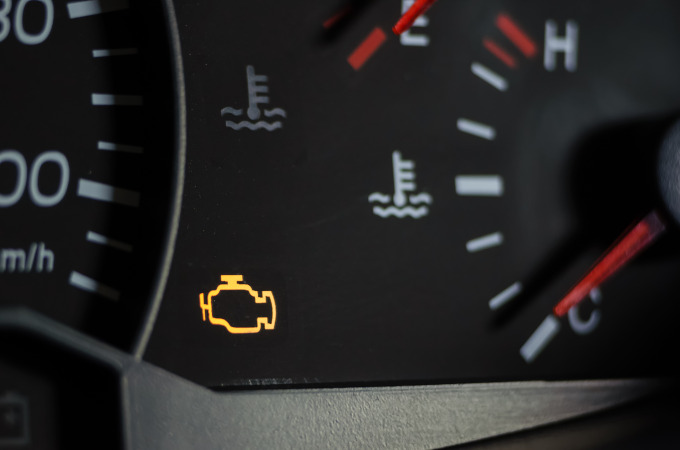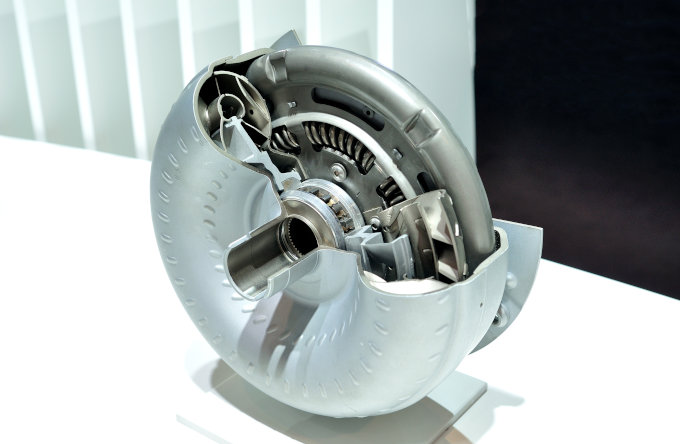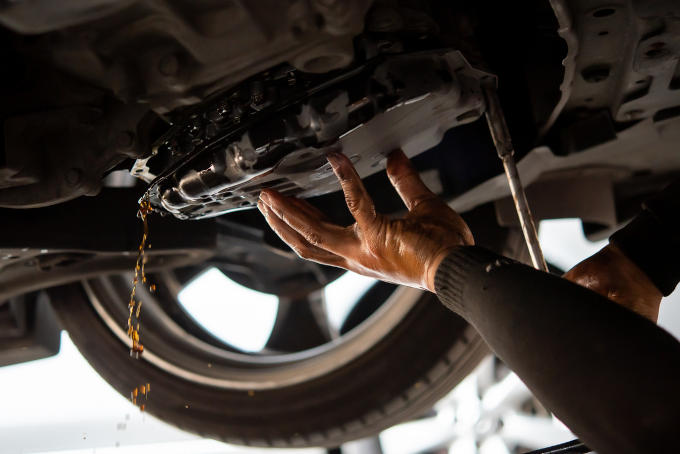Smooth and comfortable driving depends on a well-maintained suspension system, yet it's a component of our vehicles that often goes unnoticed until problems arise. Your suspension system plays a vital role in absorbing shocks from the road, providing stability, and ensuring optimal tire contact with the pavement. Over time, wear and tear can take a toll on its performance, compromising your safety and driving experience. That's why it's crucial to be aware of the signs that your suspension system may need maintenance. In this article, we'll explore common indicators that it's time to give your suspension system the attention it deserves, helping you stay ahead of potential issues and high repair bills.
Understanding Your Suspension System
Your vehicle's suspension system serves a critical purpose: to ensure a smooth and controlled ride by absorbing shocks from the road. It acts as a buffer between the wheels and the chassis, minimizing the impact of bumps, potholes, and uneven surfaces. This enhances your driving comfort and contributes to vehicle stability and handling. The suspension system consists of several key components working together harmoniously. These components include:
- Shocks: Shocks, also known as shock absorbers, are hydraulic or gas-filled components that dampen the up-and-down motion of your vehicle's suspension. They absorb the energy generated by bumps and uneven terrain, preventing excessive bouncing and ensuring better tire contact with the road.
- Struts: Struts are similar to shocks but have an additional structural role. They provide support to the suspension system and are commonly integrated with other components, such as the coil spring and the steering knuckle.
- Springs: Springs are responsible for supporting the weight of the vehicle and absorbing vertical motion. They come in different forms, including coil springs and leaf springs, and provide the necessary flexibility to keep the tires in contact with the road while minimizing jolts and vibrations.
- Control Arms: Control arms, also called A-arms or wishbones, connect the suspension components to the chassis of the vehicle. They play a crucial role in maintaining proper wheel alignment and controlling the movement of the wheels.
- Bushings: Bushings are small rubber or polyurethane components that sit between metal parts of the suspension system, such as control arms and sway bars. They provide cushioning, reduce friction, and absorb vibrations, contributing to a more even and quieter ride.
These components work together to ensure a balanced and responsive suspension system. However, over time, they can wear out or become damaged, compromising the system's effectiveness and leading to a range of problems. Recognizing the signs of potential issues is crucial in maintaining your vehicle's overall performance and safety.
1. Uneven tire wear and alignment issues
Worn-out or damaged suspension components can significantly impact your tires, leading to uneven tire wear and misalignment. As the suspension system deteriorates, components like shocks, struts, and springs become less effective at absorbing shocks and vibrations from the road. This can result in uneven tire wear, where certain areas of the tire experience increased friction and wear while other areas remain relatively unaffected. Uneven tire wear not only decreases tire lifespan but also reduces traction and performance, leading to a bumpy ride and compromised handling.
Additionally, failing suspension components can contribute to misalignment issues. Control arms and bushings play a crucial role in maintaining proper wheel alignment. When these components wear out, your wheels can shift out of alignment, causing misalignment. Misaligned tires result in uneven tire wear, affecting steering stability and tracking, further impacting the overall driving experience. Regular inspection and maintenance of the suspension system are crucial to prevent irregular tire wear, misalignment, and to ensure a smoother ride and extended tire life.
2. Excessive bouncing or a rough ride
A worn-out or damaged suspension system fails to provide adequate shock absorption, causing the vehicle to bounce excessively over bumps and uneven surfaces. The suspension system's role is to dampen the up-and-down motions caused by road irregularities, ensuring a smooth and controlled ride. However, as the components deteriorate, their ability to absorb shocks diminishes.
When the shocks or struts wear out, they lose their ability to regulate the movement of the springs and control the rebound of the suspension. As a result, the worn-out suspension system cannot effectively absorb the impact of bumps, causing the vehicle to bounce excessively. This leads to a jarring and uncomfortable ride and compromises stability and handling. A compromised suspension system also reduces tire grip and traction, further affecting stability and control.
Promptly addressing a worn-out or damaged suspension system is essential to restoring proper shock absorption. By replacing worn-out components, such as shocks or struts, you can regain a smoother ride, improved handling, and enhanced safety by ensuring better tire contact with the road.
3. Squeaking, Creaking, and Clunking Sounds
If you hear squeaking, creaking, and clunking noises while driving, it could indicate underlying issues with your suspension components.
Squeaking or creaking noises often occur when bushings or joints become worn out or lose their lubrication. These components are vital in minimizing friction and allowing smooth movement within the suspension system. When they wear down, they can produce annoying squeaks or creaks. Hearing these noises and not having your vehicle inspected could lead to potential damage to the suspension components.
On the other hand, clunking noises are typically associated with loose or damaged suspension parts. A distinct clunking sound, particularly when going over bumps or uneven surfaces, may suggest problems with components like control arms, ball joints, or sway bar links. Loose or worn-out parts can cause excessive movement or play in the suspension, leading to a clunking sound. Ignoring these noises can further damage the suspension system and compromise your vehicle's stability and control.
If you notice squeaking, creaking, or clunking noises while driving, it's essential to have your suspension system inspected by a professional. A qualified technician can identify the source of the noise and determine if any components require repair or replacement. By addressing these issues promptly, you can restore a quieter and smoother ride while ensuring your vehicle's overall safety and performance.
4. Steering wheel vibrations or drifting:
One common symptom of worn-out suspension components is vibrations felt through the steering wheel. As the suspension system deteriorates, it becomes less capable of absorbing the shocks and vibrations from the road surface. This can cause vibrations to transfer to the steering mechanism, resulting in a noticeable shake or tremor in the steering wheel. These vibrations can vary in intensity, ranging from minor annoyances to severe shaking, depending on the extent of wear and the condition of the components.
Another indication of suspension components that may need maintenance is a drifting sensation while driving. When the suspension system functions properly, it helps keep the vehicle stable and centered on the road. However, worn-out components can compromise this stability, leading to a drifting sensation where the vehicle tends to pull to one side or feels less responsive to steering inputs. This drifting can be more pronounced during cornering or when driving on uneven surfaces, as the worn-out components struggle to maintain proper alignment and control.
If you experience vibrations or a drifting sensation while driving, it's crucial to have your suspension system inspected by a professional. They can assess the condition of the components and recommend necessary repairs or replacements. Addressing these symptoms can restore proper steering control, eliminate vibrations, and ensure a safer driving experience.
Take Action for a Smooth, Safe Ride!
If you notice any signs indicating potential issues with your suspension system, it's crucial not to ignore them. Addressing suspension problems promptly can help prevent further damage, ensure your safety on the road, and prolong the lifespan of your vehicle. If you're experiencing any of these symptoms or have concerns about your suspension system, we’re here to help you at AAMCO Knoxville, TN. Our expert technicians can perform a comprehensive inspection, diagnose the problem accurately, and provide the necessary maintenance or repairs to restore your suspension system's performance. Don't let worn-out or damaged suspension components compromise your driving experience. Schedule an appointment today to get back to enjoying the road!











